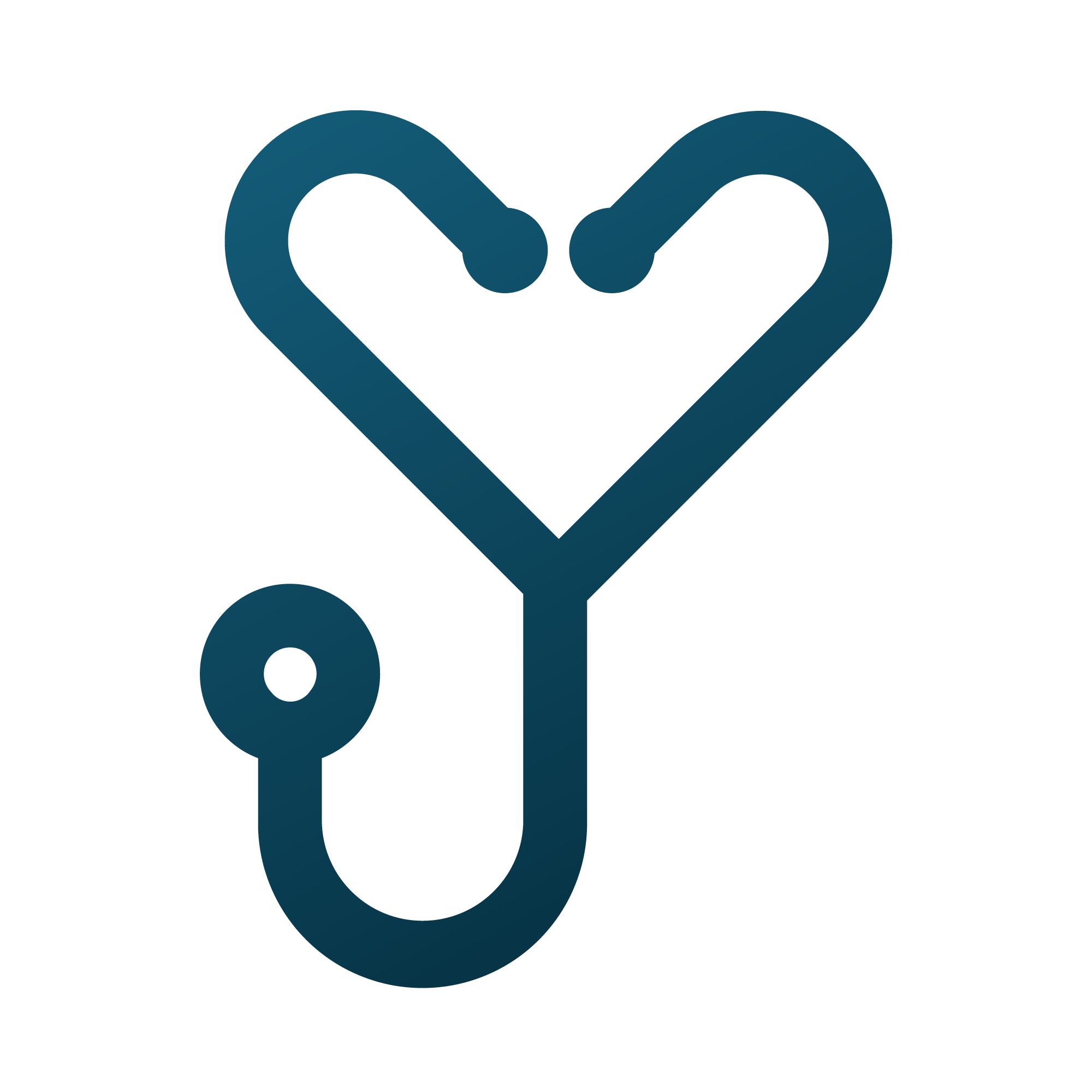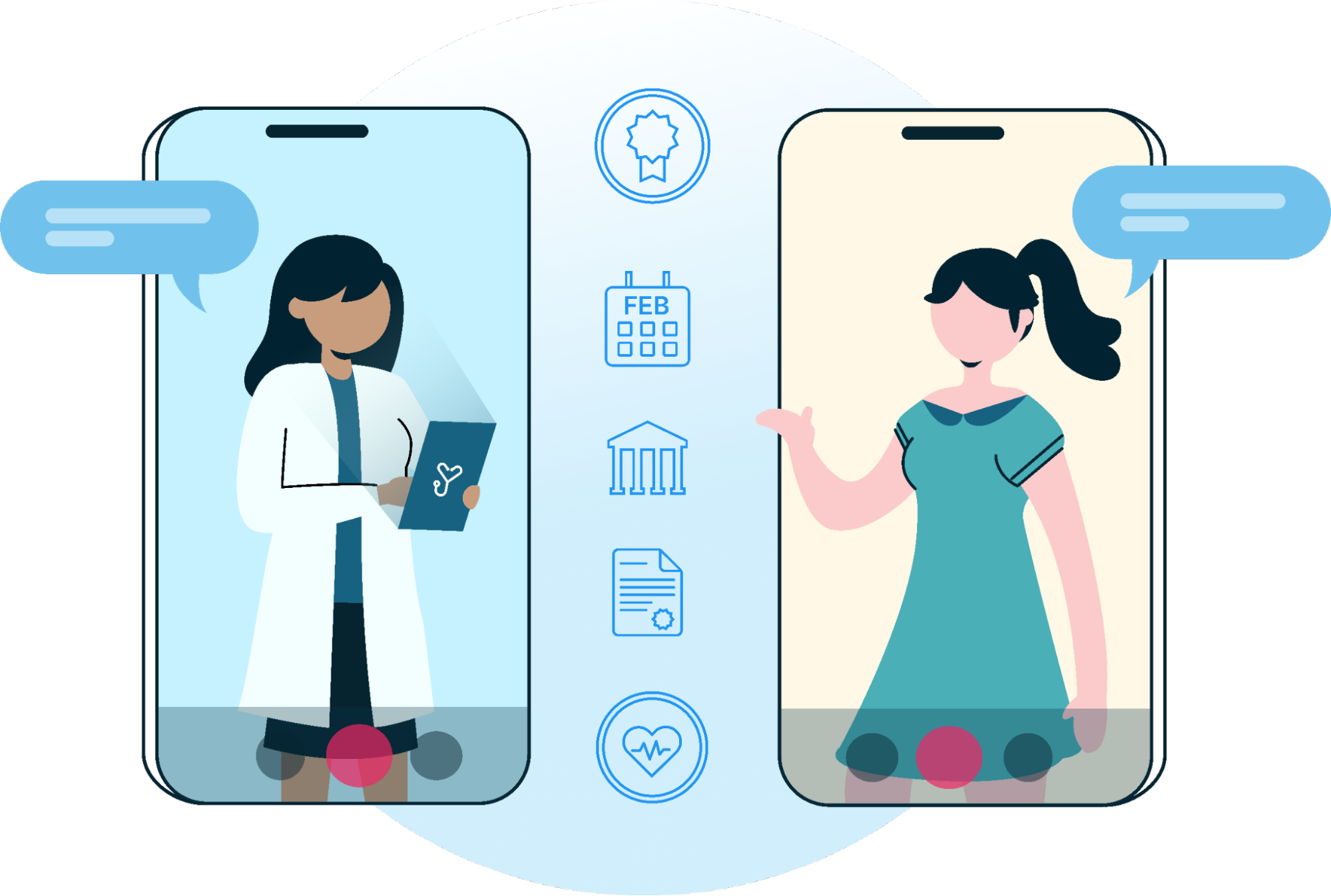How You Can Improve The Patient Financial Experience

In order to improve the patient financial experience, you first have to understand it. Learn here the steps you can take to improve the process for both patient and provider.
There are a number of ways to improve the patient financial experience. One important thing to consider is how you communicate with your patients. You’ll also need a frictionless payment processing platform in place. This article will explore both of these elements, and how you can leverage them to improve patient satisfaction, retention, and more.

Jump ahead:
- The Current Patient Financial Experience
- How to Improve the Patient Financial Experience Through Text
- A Note on HIPAA Compliance
- Benefits of An Improved Patient Financial Experience
- Patient Financial Experience FAQs
The Current Patient Financial Experience
We live in a world where we can tap, swipe or use our voice to pay. It’s no surprise then that patients want more modern payment options for their healthcare. The annual US Bank Healthcare Payments Insight Report found that patients prefer digital options such as credit/debit card (48%), an online money transfer service (31%) and mobile wallet (26%). Yet many providers are still not providing these experiences to their patients. So, where’s the disconnect?
While many industries have gone digital, healthcare still has catching up to do. This is in part due to the Telephone Consumer Protection Act (TCPA) and its impacts on patient-provider communication. To understand how this affects the healthcare landscape today, it’s helpful to first explore more about this law.
What is the TCPA?
The Telephone Consumer Protection Act (TCPA) of 1991 is a law designed to protect consumers from receiving marketing-related phone calls and text messages. More specifically, restrictions were placed on auto-dialers and artificial intelligence, as well as pre-recorded voice messages.
A major problem with the initial writing of the TCPA was that it had a broad definition of what constitutes an automatic telephone dialing system. This ambiguity in the law often prevented or deterred many healthcare providers from utilizing automated phone reminders for patient communication for fear of violation.
Healthcare Messages Exception
Fortunately for healthcare providers, a “healthcare messages exception” exists under the TCPA. This allows providers to place artificial/pre-recorded voice calls to cellphones and landlines. With this exception, providers are able to convey important healthcare information without prior written consent. This may include appointment confirmations, prescription notifications, and exam reminders.
This exception, however, was still limiting in many ways. Only certain types of messages were allowed, which still created confusion and uncertainty for providers.
For example, any message regarding billing was still not allowed. This is a significant element when we consider what patients want and what the modern patient financial experience should look like. This means practices still couldn’t use text messages to communicate about or collect payment.
Significant Changes to the TCPA
In 2021, the U.S. Supreme Court ruled in favor of Facebook in a case that greatly diminished the scope of the TCPA. This was a massive win for digital healthcare providers.
As long as a provider does not use a random or sequential number generator, they do not need to obtain written consent before texting patients. In short, text message interactions with healthcare professionals are now legal. With this new allowance, providers can now communicate with patients in a more integrated approach — before, during, and after the visit.
How to Improve the Patient Financial Experience Through Text
Practices can now use text messages as part of an automated payment processing experience for both in-person and virtual visits. Here’s how we do it at Mend:
Patient Has Outstanding Balance
Mend integrates with your medical billing software. Once Mend detects an outstanding balance, the system sends an automated sequence of texts and emails to prompt payment. This process can occur before or after the visit.
Patient Gets Text Notification
The patient then receives a secure link where they can verify their identity with their DOB.
Patient Makes Payment
The patient will navigate a simple, easy-to-use interface that guides them to make a payment. Patients can also store credit cards and auto-charge a card on file to save time.
Payment Posts in Billing System
Once the patient pays their portion, Mend will automatically notify the medical billing system that payment is complete. Patients will then receive a receipt or confirmation of payment, depending on their preferences.
A Note on HIPAA Compliance
It’s important to keep in mind that all text messages must meet HIPAA privacy and security requirements.
If your organization sends text messages that contain unencrypted PHI, it should:
- warn patients of the risks of communicating for healthcare purposes using unencrypted text messaging or emails
- obtain patients’ preference and consent with respect to messages containing unencrypted data.
- document the patient’s preference and consent, as well as the organization’s compliance efforts in this regard.
With Mend, we can help collect any necessary consents for text and email to help comply with HIPAA, TCPA, and other regulations.
Benefits of Improving the Patient Financial Experience
Get Paid Faster
90% of text messages are read within just three minutes. When you consider this, it makes sense to use a digital solution that can help drive faster revenue cycles. This is easily obtainable with a sophisticated financial platform that can request payment via text.
According to one report, 45% of patients would pay faster if notified by text, email, or phone call. When providers delay in taking on digital solutions, they’re leaving money on the table.
Reduce Manual Labor
When a practice integrates and automates its patient payments, this saves a lot of manual work for the staff — but it also reduces the burden on patients. 43% of patients would automate payments to avoid repetitive manual data entry in the office and online.
Payment automation also reduces errors that may otherwise result in uncollected payments or significant delays in accounts receivable.
Increase Patient Satisfaction
An overwhelming majority of patients want to pay electronically. One way to improve patient satisfaction is to offer a quick, secure, and convenient method for paying their medical bills.
Increase Patient Retention
With the increasing consumerization of healthcare, patients have more options when it comes to selecting providers. Even if you provide excellent care, patients may still switch providers as a result of negative billing experiences. One study shows that 74% of millennials would switch providers for a better healthcare payment experience.
Improve Patient Experience Billing: The Conclusion
Patients want modern forms of communication and payment requests that are quick and user-friendly. All you need to do to create this frictionless payment process is contact a support specialist at Mend. Mend is your complete payment and patient engagement solution. We’re ready to help improve patient satisfaction and retention while driving faster revenue cycles.
FAQs
How can organizations improve the patient financial experience?
Organizations can improve the patient financial experience by giving patients the ability to make payments in a quick, secure, and convenient way. Mend takes care of this by sending the patient a secure payment link via text or email.
What is a patient financial system?
A patient financial system is a platform responsible for storing financial data, calculating patient healthcare costs, and providing billing information. Platforms like Mend can integrate with your organization’s billing system to automate and record payments.
What is a patient financial responsibility?
Patient financial responsibility is the out-of-pocket amount a patient will need to pay for their healthcare. This may include copays, as well as any remaining balance after insurance has paid their portion.
What is collection automation?
With advanced patient engagement platforms like Mend, patient payment is part of an automatic process. Once the platform detects a balance, it automatically sends the patient a request for payment. When payment is complete, Mend notifies the medical billing software.
Keyword:
Find a Topic:
Recent Posts
- Compassionate Foundations: Self-Care for Mental Health Providers
- Behavioral Health News: Mend Partners with Leading Community Mental Health Organizations to Reduce No-Shows and Increase Access to Care
- Understanding SAMHSA’s Key Changes to 42 CFR Part 8: A Guide for Healthcare Professionals
- Becoming a CCBHC: Staffing Requirements
- Empowering Change: SAMHSA’s Impact on Behavioral Health Through Grant Funding, Innovation, and Collaboration

